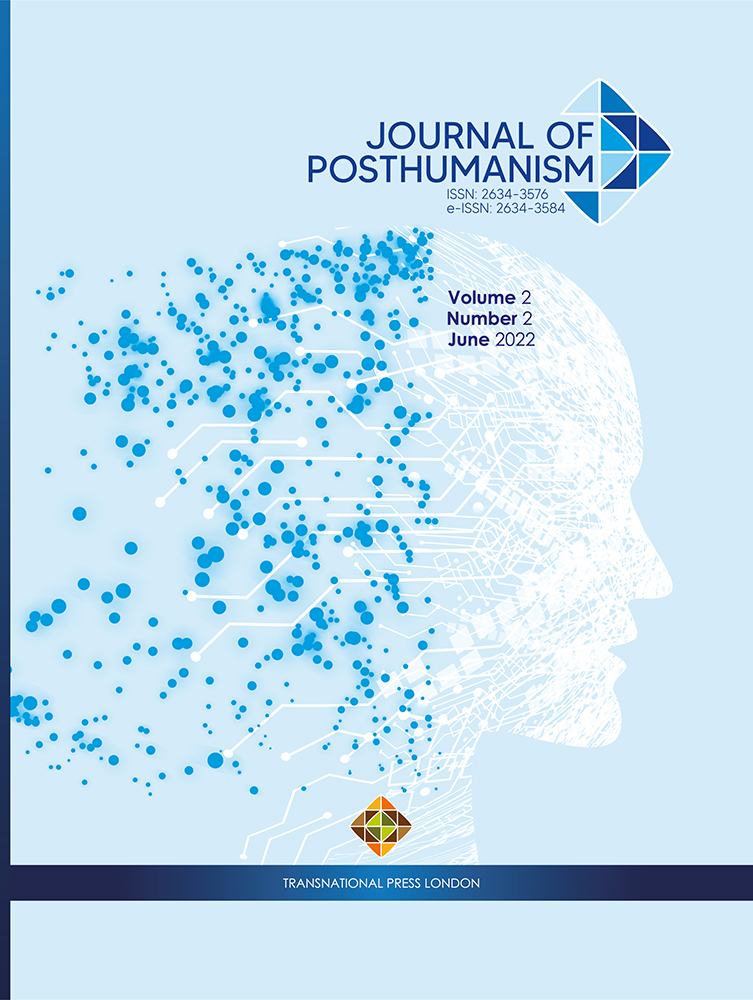Zoomimesis: How Birds Taught Us That We Can Fly
Zoomimesis: How Birds Taught Us That We Can Fly
Author(s): Roberto MarchesiniSubject(s): Aesthetics, Structuralism and Post-Structuralism, Culture and social structure
Published by: Transnational Press London
Keywords: Zoomimesis; Animal epiphany; Animality; Posthumanism; Cultural evolution;
Summary/Abstract: The relationship with other species has played a fundamental role in cultural evolution. Animal behavior has always been a source of inspiration for the human being: dance, music, costumes, rituals, art and technology were born through zoomimesis. The encounter with animal otherness is an epiphany and not simply an example: it is the unfolding of a different form of existence. To understand this, it is essential to question the traditional conception of animality. Animality is a metapredicative condition that also encompasses human beings, so that animal otherness is recognized as a partner in a contaminative dialogue. Humans are particularly interested in other species: many anthropological and psychological studies demonstrate this. This animal appeal has characterized the history of humanity since its origins, as shown by rock art. Posthumanist philosophy recognizes the hybridization between the human and the non-human, in a perspective of relational ontology. For this reason, zoomimesis represents a central topic in the posthumanist vision.
Journal: Journal of Posthumanism
- Issue Year: 2/2022
- Issue No: 2
- Page Range: 115-124
- Page Count: 10
- Language: English
- Content File-PDF

